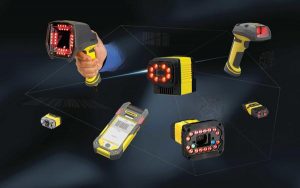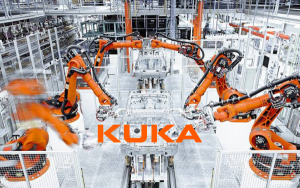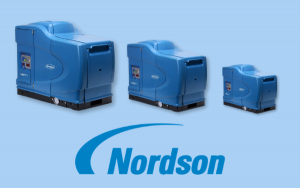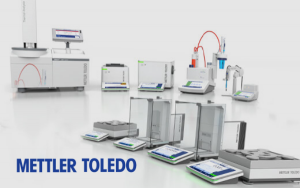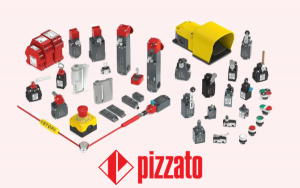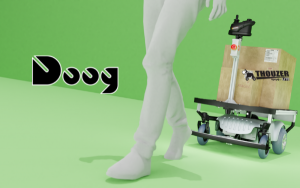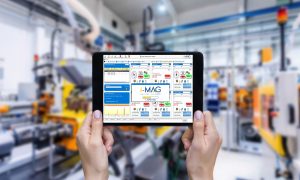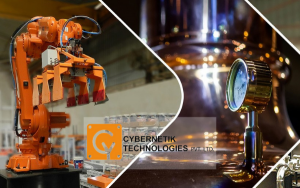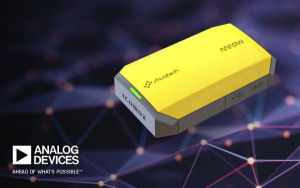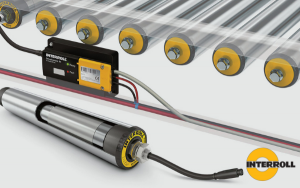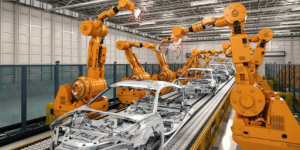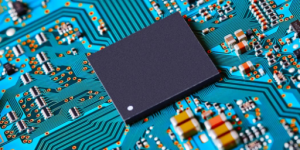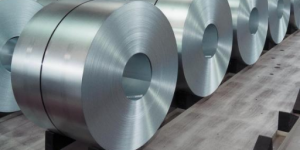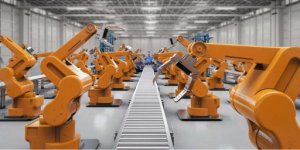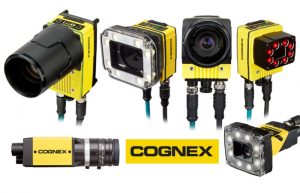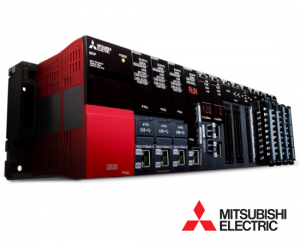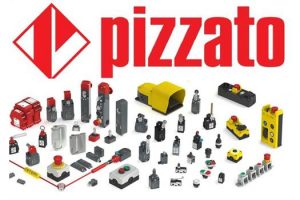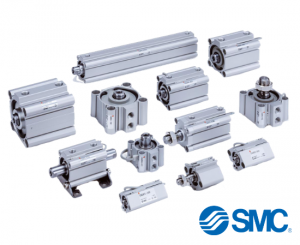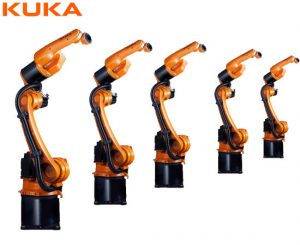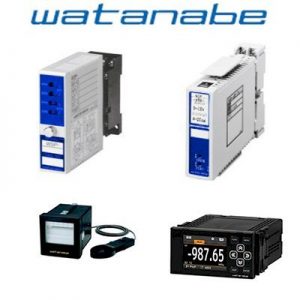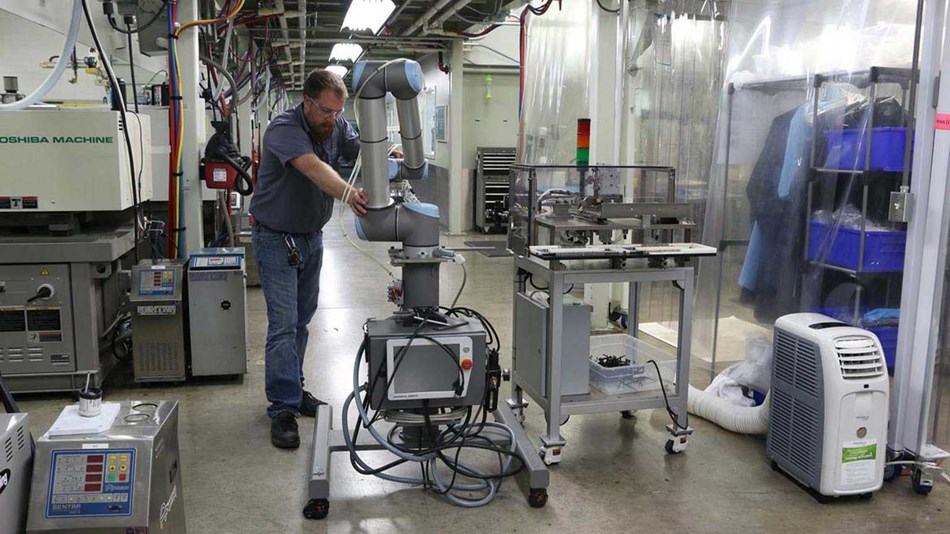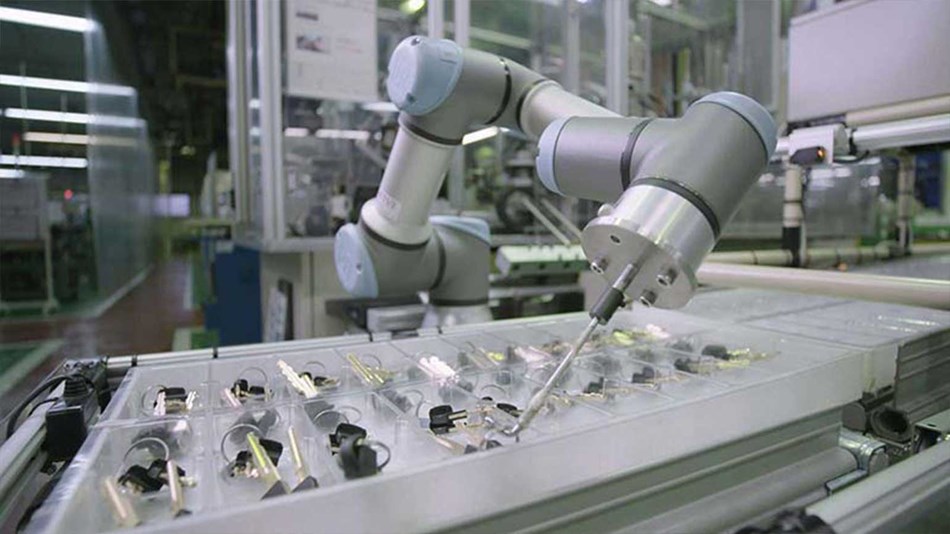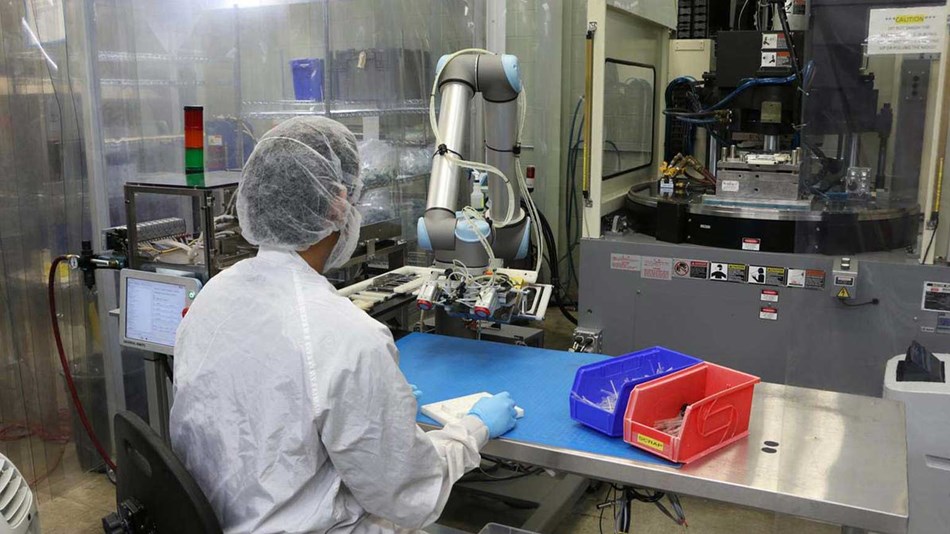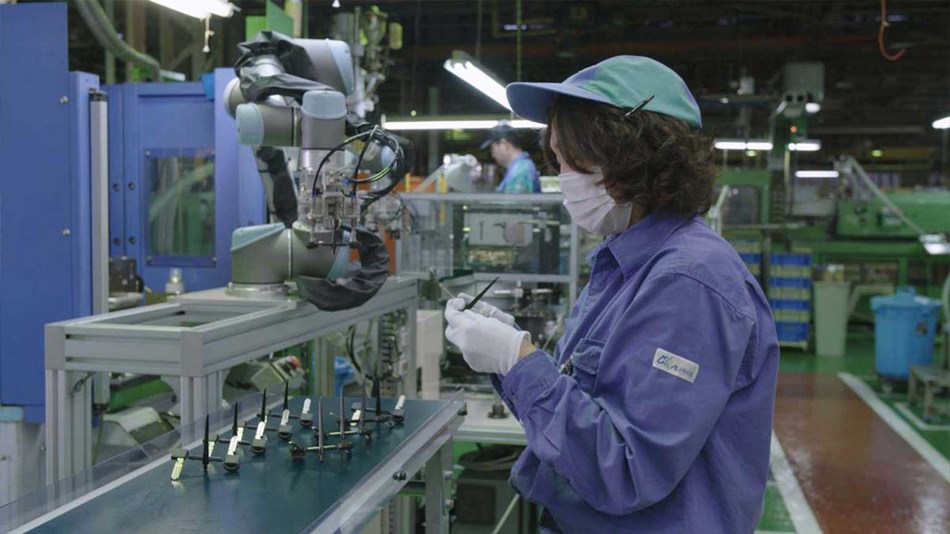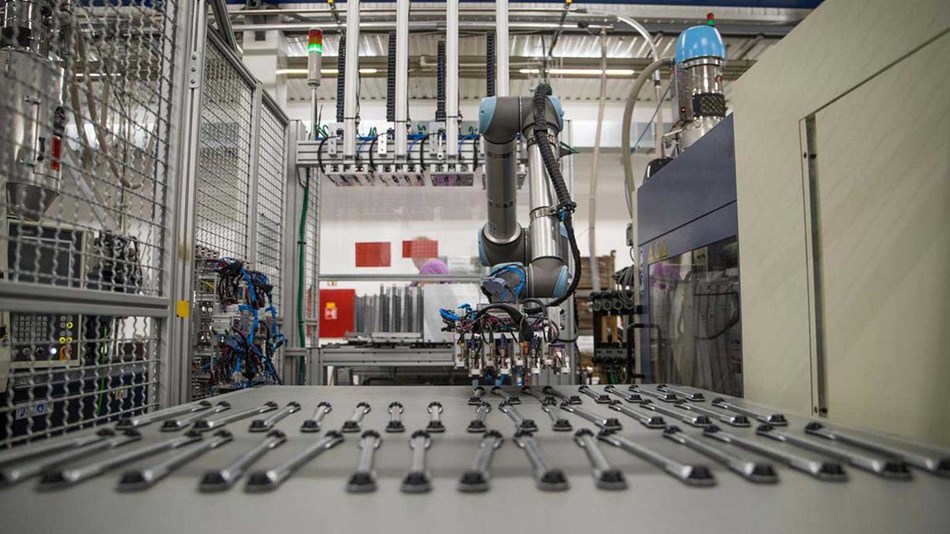Thirty years ago, fully servo-controlled robots of any kinematic configuration were rarely deployed in injection molding applications. The most common approach is to implement a simple three-axis, point-to-point connection linear robot that is mounted on the machine. With just enough Z (vertical axis) travel to reach the centerline of the press plate, these incredibly simple robots quickly take parts out of molds and transfer them to totes or conveyors.
Fifteen years ago, more and more foundries started to adopt six-axis robots.
This development was driven by a number of technical and business dynamics that continue to this day:
- Post-molding processes: Customers are demanding foundries to provide more complete parts and assemblies, and foundries are happy to increase their value. Pump port removal, trimming, polishing, decorating, assembling, wrapping and packing are now common jobs and also perfect candidates for robotics technology.
- Improved surface finish: Customers are setting very high standards for surface finishes, requiring parts to be handled with care from molds to finished packaging or shipping containers.
- Shorter product life cycle: The rate at which product updates and new product introductions require constant change in the manufacturing process.
- High mix/low volume: Product customization, small batch sizes, and on-demand manufacturing to reduce inventory are driving short-term processes, making setup even more demanding.
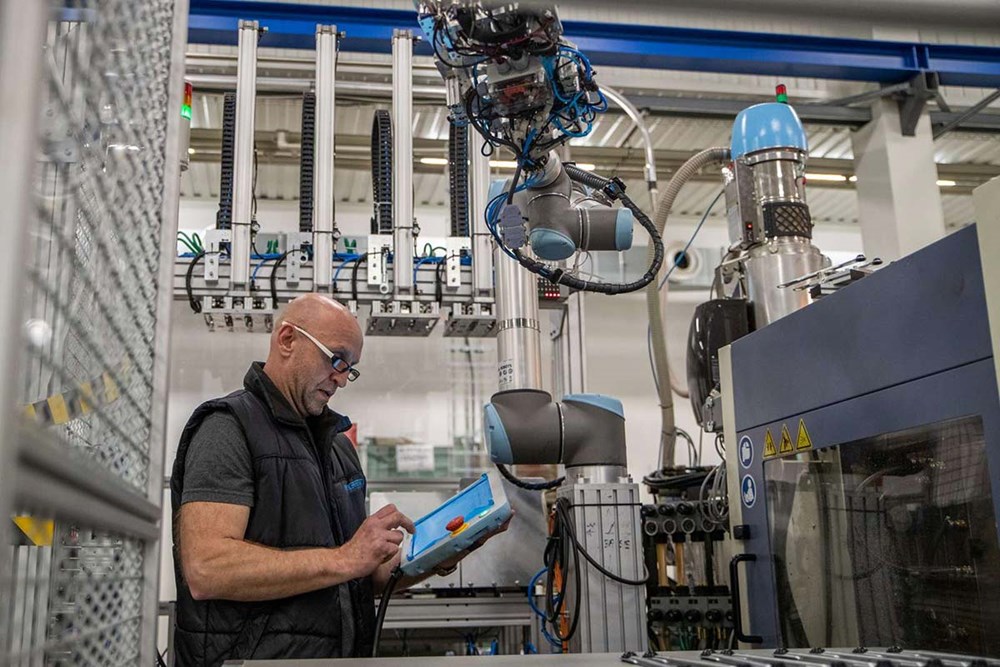
In the past 10 years, and with increasing frequency in recent years, plastic processors have begun to adopt a new level of robotic technology, known as collaborative robots, or “cobots”. Typically, these robotic arms, based on articulating arm technology, add an extra layer of safety, user programmability and mobility to standard six-axis robots. To understand the allure of robotic hands, you should start by understanding what made autonomous robots so popular in the first place.
The flexibility in position adjustment along with the overall working area of the six-axis robots is the key to their success in the field of injection molding. The extra degrees of freedom provide more choices and options in all stages of material care, assembly and other applications, which translates into a process advantage. actual program:
- Flexible implementation of pre- and post-moulding processes: Placing molds and movable parts through post-moulding processes requires complex movements and difficult angles and positions.
Reduce tooling costs. Four-axis linear robots often require complex tooling to compensate for their kinematic limitations. The range of motion and versatility of the six-axis articulated robot simplifies tool and gripper costs as well as complexity. - Flexible mounting of precision insert cores: The collection and mounting of precision inserts is made possible by the positioning flexibility and repeatability of the six-axis robot.
Simplify the removal of complex parts from the mold. Complicated parts are difficult to remove without ejector assemblies, but the ingenuity of the six-axis robot allows parts to be gently removed from the mold. - Flexibly avoid obstacles: Mold supports, slides, pipes and clamps often impede the movement of parts. The six-axis robot is optimized to flexibly navigate around the mold.
- Maintenance life: The six-axis robot is sealed, reducing maintenance and increasing uptime. Most of the linear robots in the injection molding industry require regular maintenance, as their drive systems are exposed.
- Flexible installation options: Multiple six-axis robots can be mounted in different orientations to optimize layout, reach and cycle times. While the most common installation is floor mounted or on a pedestal in the back space, they have other options of wall or ceiling mounting. For most six-axis robots, the mounting direction is fixed and must be set at the factory during robot setup. Other models allow for quick setting of orientation in the field.
- Low space: Linear robots have one major drawback – the vertical axis (Z) extends above the center line of the robot. Without the complicated and expensive Z-axis stretching, the ceiling height should be at least as high as the stretched Z-axis. In many factories, ductwork, cable trays, water, steam, and fire-fighting pipelines make it difficult, if not impossible, to install this robot. Mounting a six-axis robot on an injection molding machine can be done even in factories with very low ceilings.
- Efficient use of floor space: Floor space is always expensive, in any factory. And as molding facilities add more and more pre- and post-moulding processes to their products, the need for floor space around machines increases. Machines with six-axis robots benefit from the versatility of six-axis while freeing up more floor space for other sub-processes.
- Easy access to machinery: The mold must be changed, and the maintenance department also needs to be accessible. Mounting the six-axis robotic arm on the machine or overhead also means easier access to the machine when needed.





